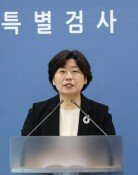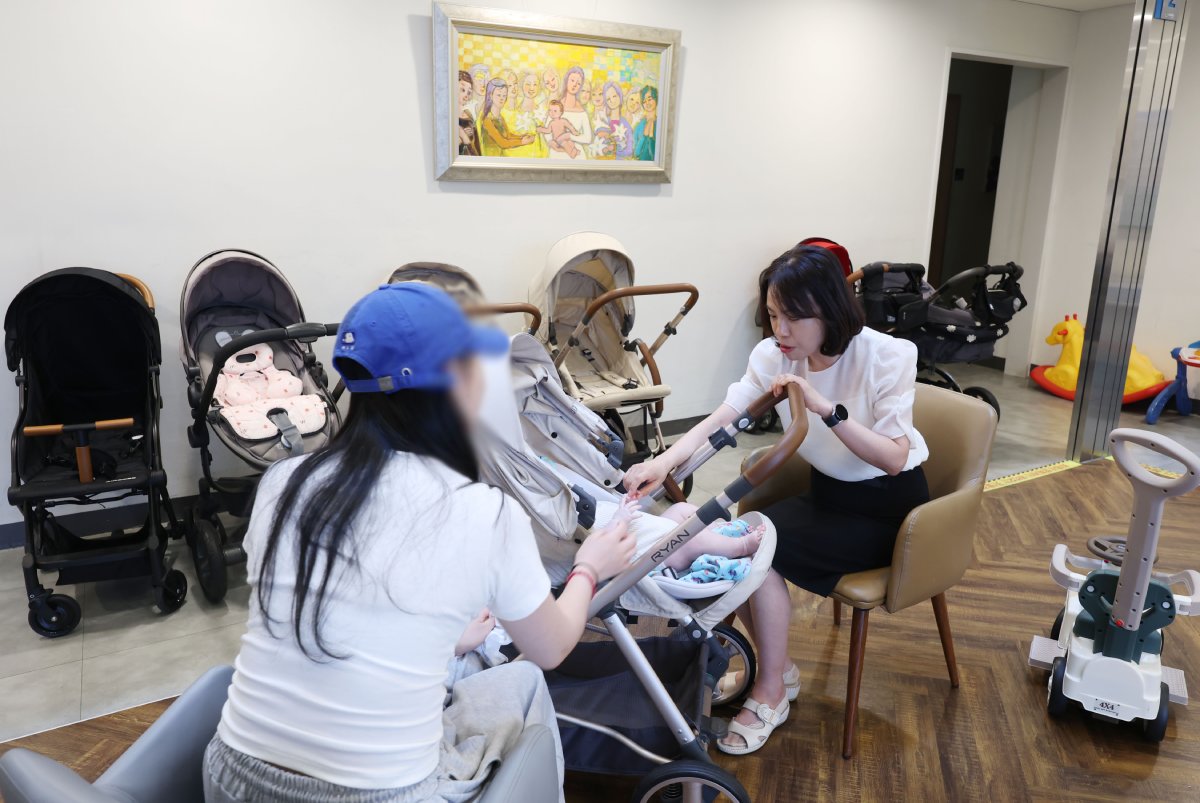[Opinion] Increase The Employment of Women Scientists
[Opinion] Increase The Employment of Women Scientists
Posted July. 05, 2001 09:37,
![[Opinion] Increase The Employment of Women Scientists](https://dimg.donga.com/egc/CDB/ENGLISH/Article/20/01/07/06/2001070672008.jpg)
Shirley M. Tilghman was inaugurated as the president of the Princeton University, one of the most prestigious private universities in the U.S., in June. It is surprising that the new president of the Princeton University, which used to be men’s university, is a woman biologist. Dr. Tilghman has been honored as the first woman president of the Princeton University.
Can a similar event take place in our country? The probability will be close to `zero (0)`. There are hardly women among the university presidents except for the women’s universities. Especially, there is no woman scientist as the university president. It seems difficult to expect women scientists to become the presidents of the universities for quite a time henceforth. This is because the number of women scientist-technologists qualified to be a president is small. Currently, women professors mark 6.2 percent of the science professors in the national and public universities, 0.7 percent of the engineering professors, and 25 percent of the college students in the field of science are women students.
Is such an imbalance between men and women derived from the fact that there are small number of talented women in the filed of natural science or engineering? In fact, it has been criticized that natural science like physics is too masculine. However, if one looks at the examples or observes our reality carefully, it is clear that the imbalance of the sex ratio of the science-technology experts in our country cannot be rationalized by such an explanation. For example, one third of the researchers in the filed of science and technology in the U.S. are women, whereas less than one tenth are women in our country. Moreover, the percentage of women scientists-technologists tends to decrease as their expertise and the work experiences increase in our country. That is, the percentage of women with master’s degree is less than that of the bachelor’s. The percentage of women who are working in the research institutes after graduation is less than that of women who have graduated. This statistics undoubtedly illustrates that there is an invisible wall in the employment of women scientists-technologists.
More serious matter is that this kind of reality impedes the training of the younger generation of competent scientists-technologists. As experienced in the many developed countries, when the economic structure changes to the advanced industry oriented system along with the people’s stable life, the demand for the scientists-technologists increases while young people prefer the relatively easier service job to the science-engineering field, thus, generating the discrepancy between demand and supply of the scientists-technologists.
This phenomenon is already appearing in our country. For example, the number of students who apply to the science field in the recent college entrance exams has sharply decreased, and showed the 30 percent shortage in the 2001 College Scholastic Ability Test. In the developed countries, the problem of the shortage in the number of experts is resolved through the immigration policy. For our country, however, the only way to solve this problem is to expand the women scientists-technologists because of the different social and cultural conditions. However, many talented female students do not have the role models of the senior scientists-technologists, and give up their future as scientists-technologists due to the uncertainty in the employment.
However, since the rising field of the future science-technologies, such as information technology, bio-engineering, and the atomic-scale surface science, are the fields in which women’s delicacy and pliability can be useful, expansion of the participation of women scientists-technologists is necessary. This is why developed countries like German have various policies to increase the percentage of women scientist-technologists.
This is the time to take special measures for the future of our country through the establishment of science-technology and for the removal of the stigma as the lowest country among the OECD member countries in terms of the percentage of the college graduate women’s economic activity participation.
Fortunately, marking the sixth Women’s Week commencing July 1, Ministry of Science and Technology is actively taking initiatives such as the examination of the plan to introduce the quota system for women scientists-technologists when the national and public research institutes, universities, and the government sponsored research institutes newly hire employees. Of course, a case in which incompetent people are hired because they are women should not occur. However, there are more cases in which competent people are not hired because they are women in our current condition. In order to break the thick wall of unfairness, a shock treatment called the quota system is likely to be necessary.
Oh Sae-Jung (Physics professor in Seoul National University, guest editorialist in Dong-a Il-bo)




![[단독]김영훈 후보자, 과태료-세금 체납으로 12차례 차량 압류](https://dimg.donga.com/c/138/175/90/1/wps/NEWS/IMAGE/2025/07/10/131975137.1.jpg)


